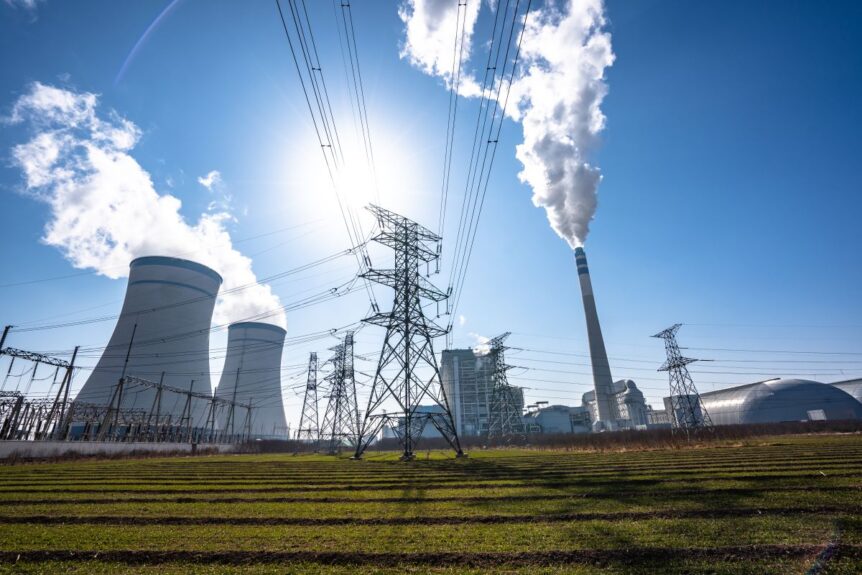Think the occasional power outage is just a temporary inconvenience? Think again. As America’s energy demands soar and political battles rage, the reality of frequent blackouts looms larger than ever. Are you prepared for a future where blackouts are part of daily life?
1. Aging Infrastructure

Image Credit: Shutterstock / Andr_Bog
The American Society of Civil Engineers gave America’s energy infrastructure a grade of C- in 2021, signaling significant aging and underinvestment. With much of the grid dating back to the mid-20th century, it’s ill-equipped for today’s high-demand digital era.
2. Increased Demand for Power
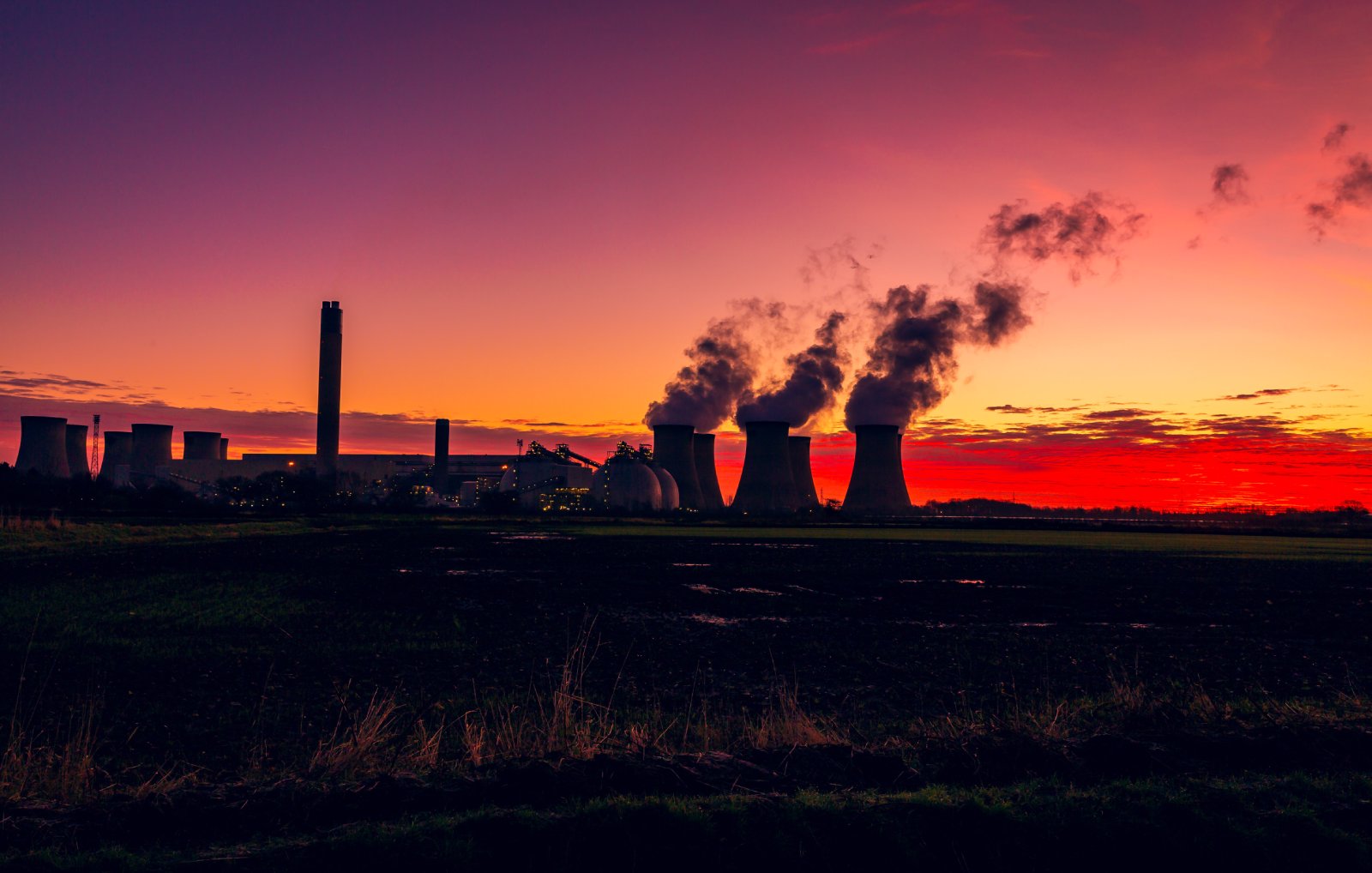
Image Credit: Shutterstock / Serenity Images23
The U.S. Energy Information Administration reports continually rising electricity demand as technology and population grow. Our outdated systems simply can’t keep up, leading to an inevitable overload.
3. Extreme Weather Events
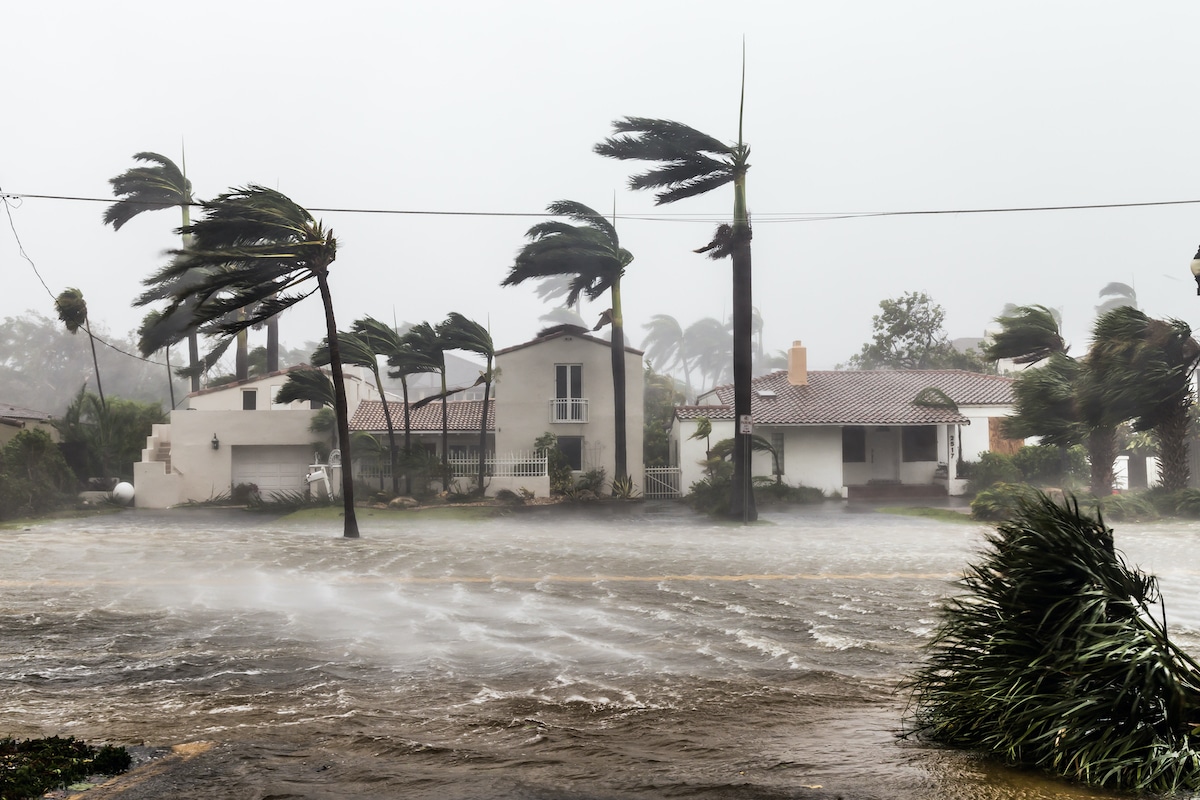
A flooded street after catastrophic Hurricane Irma hit Fort Lauderdale, FL.
Climate change has escalated the frequency and intensity of storms, hurricanes, and heatwaves. For instance, Winter Storm Uri in February 2021 left millions without power in Texas for days, underscoring the vulnerability of our grid to weather disruptions.
4. Cybersecurity Threats

Image Credit: Shutterstock / Rawpixel.com
The U.S. grid faces increasing cyber threats, with incidents like the 2021 Colonial Pipeline hack demonstrating the potential for widespread service disruption.
5. Transition to Renewable Energy

Image Credit: Shutterstock / CarlosBarquero
As we shift from stable energy sources like coal and gas to intermittent sources like solar and wind, grid reliability can falter. Integrating these new sources without proper storage solutions adds strain, complicating energy management.
6. Political Standoffs

Image Credit: Shutterstock / fizkes
Political disagreements over energy policy, exemplified by clashes between state legislatures and federal directives, hinder essential upgrades and maintenance of the grid. For example, debates in Congress over the funding for grid resilience highlight the challenges in proactive policy-making.
7. Financial Constraints

Image Credit: Shutterstock / Aleksandr Grechanyuk
Utility companies often face budget constraints that limit their ability to update or expand infrastructure. The financial strain prevents timely upgrades that could prevent outages.
8. Dependence on Outdated Technology
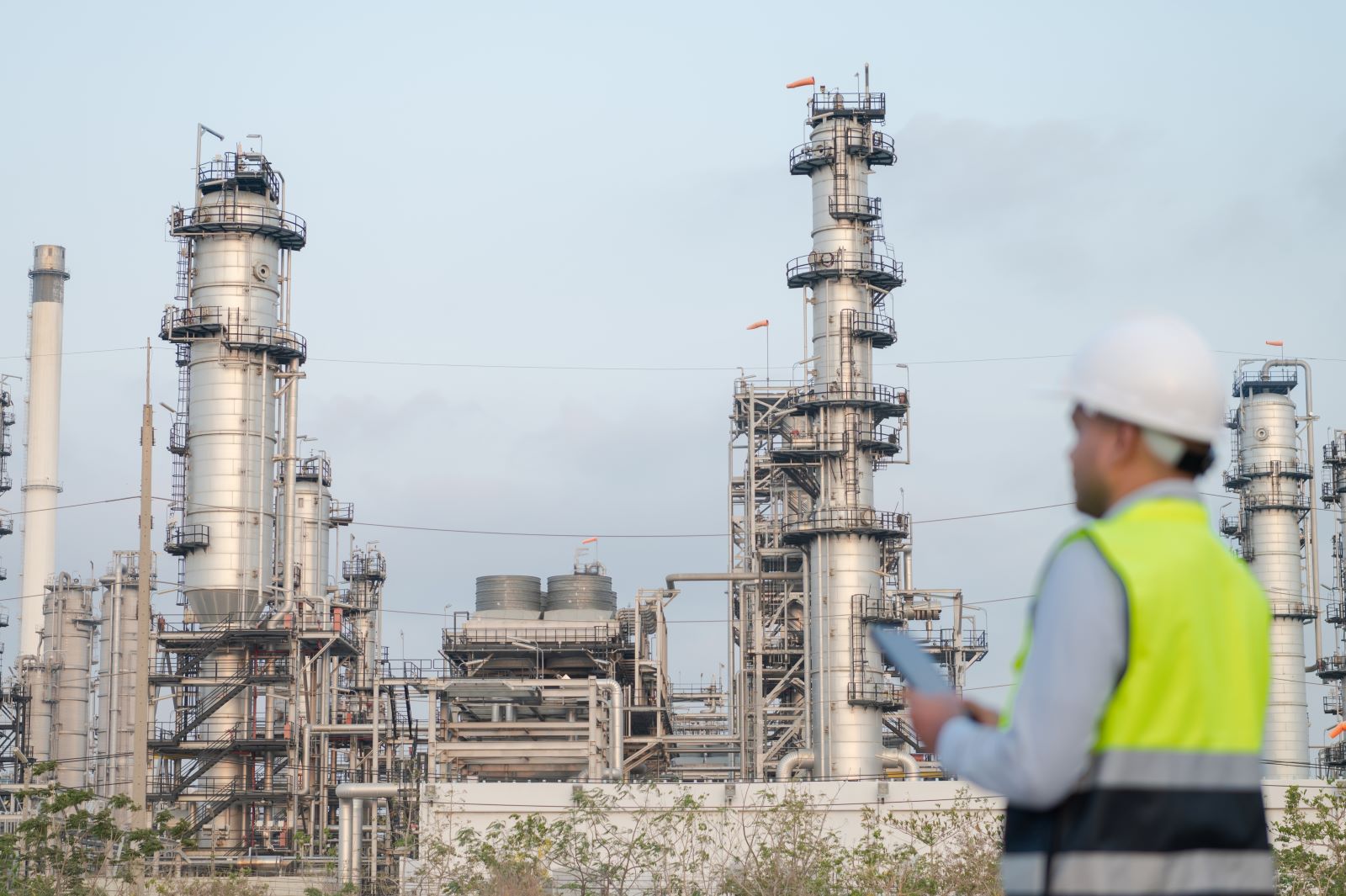
Image Credit: Shutterstock / FirstShot789
Many parts of the U.S. grid still rely on decades-old technology, which is not only less efficient but also more prone to failure under stress.
9. Lack of Redundancy
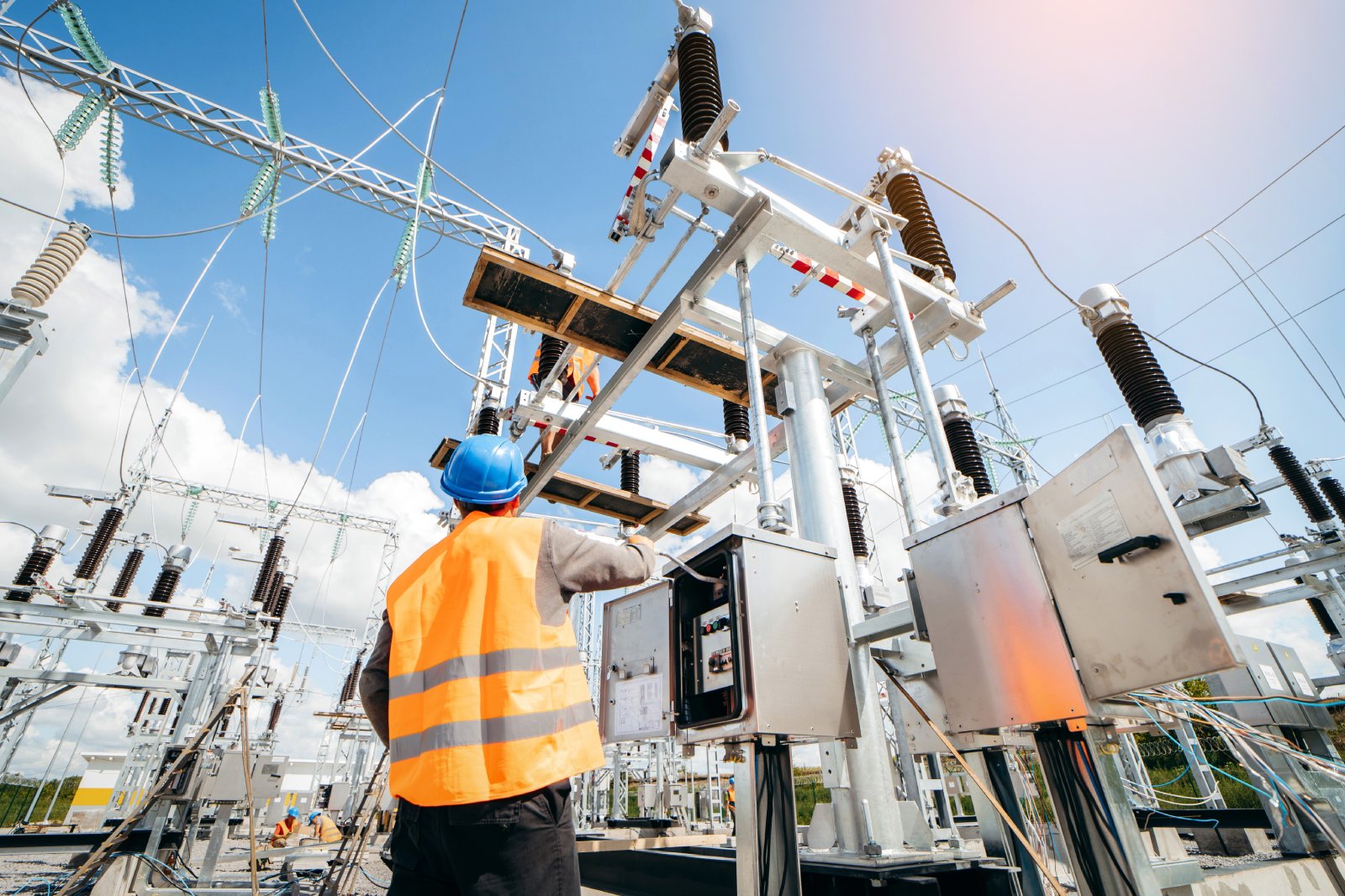
Image Credit: Shutterstock / Andrewshots
In many regions, the power grid lacks sufficient backup systems. If one part fails, there are no alternatives to reroute power, leading to immediate and widespread blackouts.
10. Deferred Maintenance

Image Credit: Shutterstock / Aleksandar Malivuk
To save costs, some utilities delay essential upkeep. This neglect can lead to significant failures, as seen in California where postponed maintenance contributed to massive wildfires and power outages.
11. Energy Storage Issues

Featured Image Credit: Shutterstock / EF Stock
The U.S. currently lacks adequate storage systems for renewable energy, leading to wasted resources during production peaks and shortages during off hours.
12. Over-Reliance on Single Sources

Image Credit: Shutterstock / industryviews
Regions heavily reliant on one type of energy production, such as hydropower in the Pacific Northwest, can suffer blackouts during droughts or other disruptions to their primary energy source.
13. Regulatory Challenges

Image Credit: Shutterstock / Andrey_Popov
Strict regulations can stymie the adoption of new technologies and grid expansion. This red tape complicates efforts to modernize and strengthen the grid against potential failures.
14. Skilled Workforce Shortages

Image Credit: Shutterstock / ultramansk
There’s a critical shortage of trained professionals in the energy sector, from engineers to line workers, which impacts the maintenance and operation of the power grid.
15. Public Opposition to Expansion

Image Credit: Shutterstock / Rawpixel.com
Community resistance to new power lines or plants, often due to environmental and aesthetic concerns, can block necessary grid updates.
16. Supply Chain Disruptions

Image Credit: Shutterstock / Siwakorn1933
Global supply chain issues, exacerbated by recent events like the COVID-19 pandemic, delay the repair and maintenance of critical infrastructure, extending blackout durations.
17. Inadequate Peak Load Management
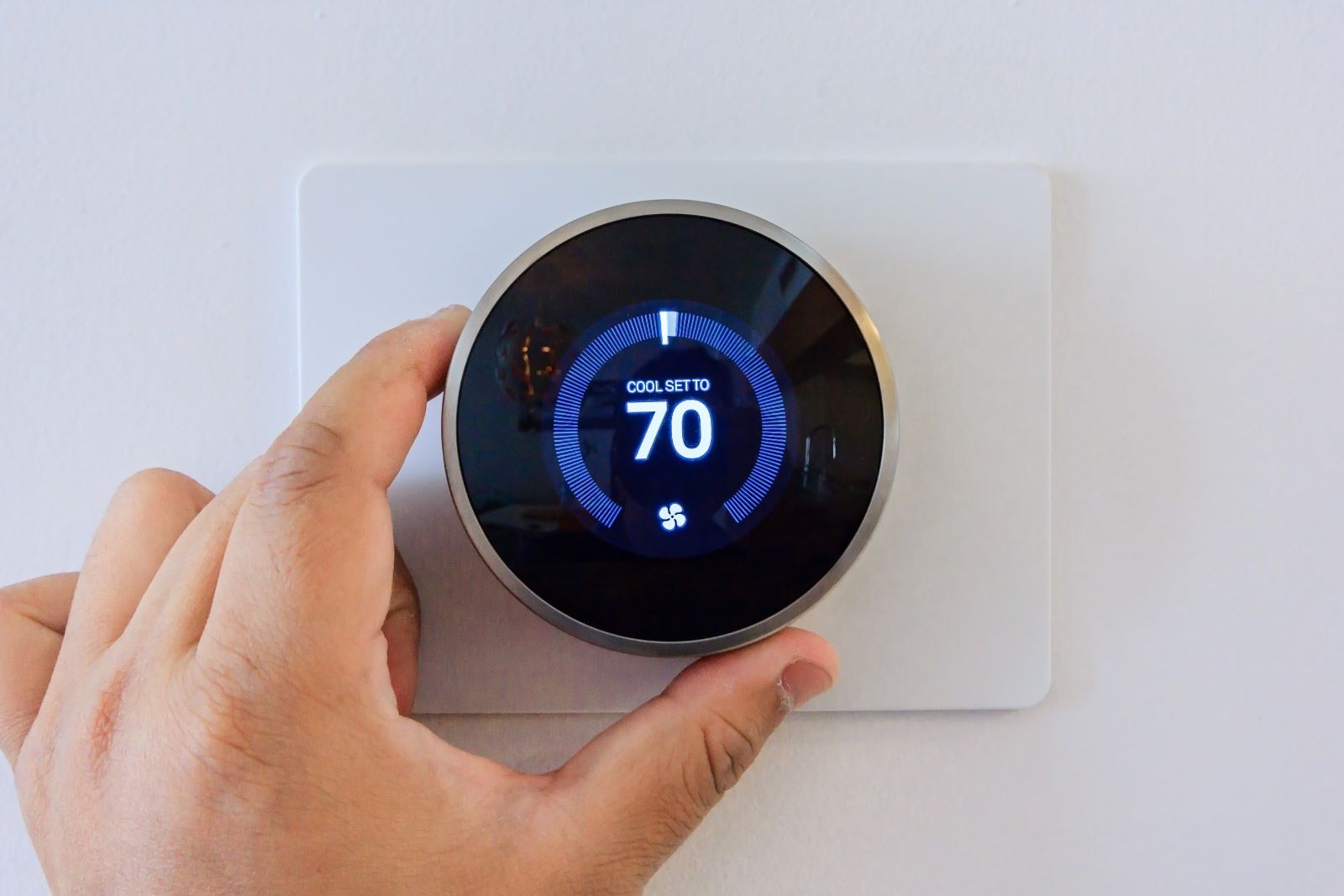
Image Credit: Shutterstock / NavinTar
During extreme weather, when everyone turns on heating or cooling, the surge in demand can overwhelm the grid, leading to outages.
18. Inefficient Grid Distribution
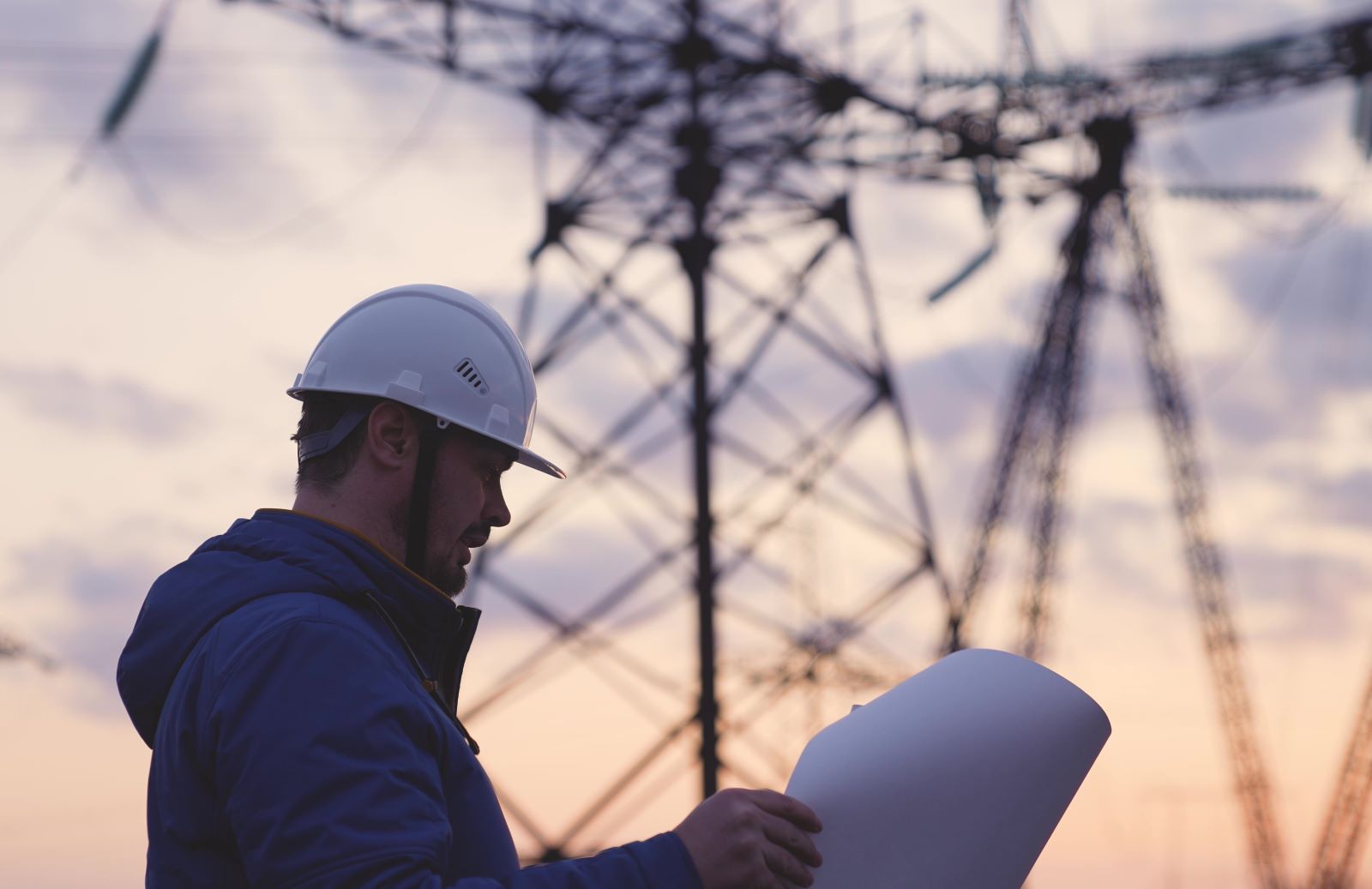
Image Credit: Shutterstock / Valery Zotev
Some areas have mismatched production and demand due to poor grid distribution planning, leading to unnecessary strain and potential blackouts.
19. Political Manipulation

Image Credit: Shutterstock / Salivanchuk Semen
Energy policy can be influenced by political agendas that do not always prioritize grid stability. This manipulation can delay essential projects or skew funding away from crucial infrastructure work.
20. Outdated Policies

Image Credit: Shutterstock / smolaw
Many energy policies and regulations were designed for a different era and have not kept pace with technological advancements or changing energy landscapes.
21. Lack of Proactive Investment

Image Credit: Shutterstock / kckate16
There’s a consistent lack of investment in proactive measures like grid modernization or renewable integration, often due to the high upfront costs and political hesitancy.
Are You Ready?
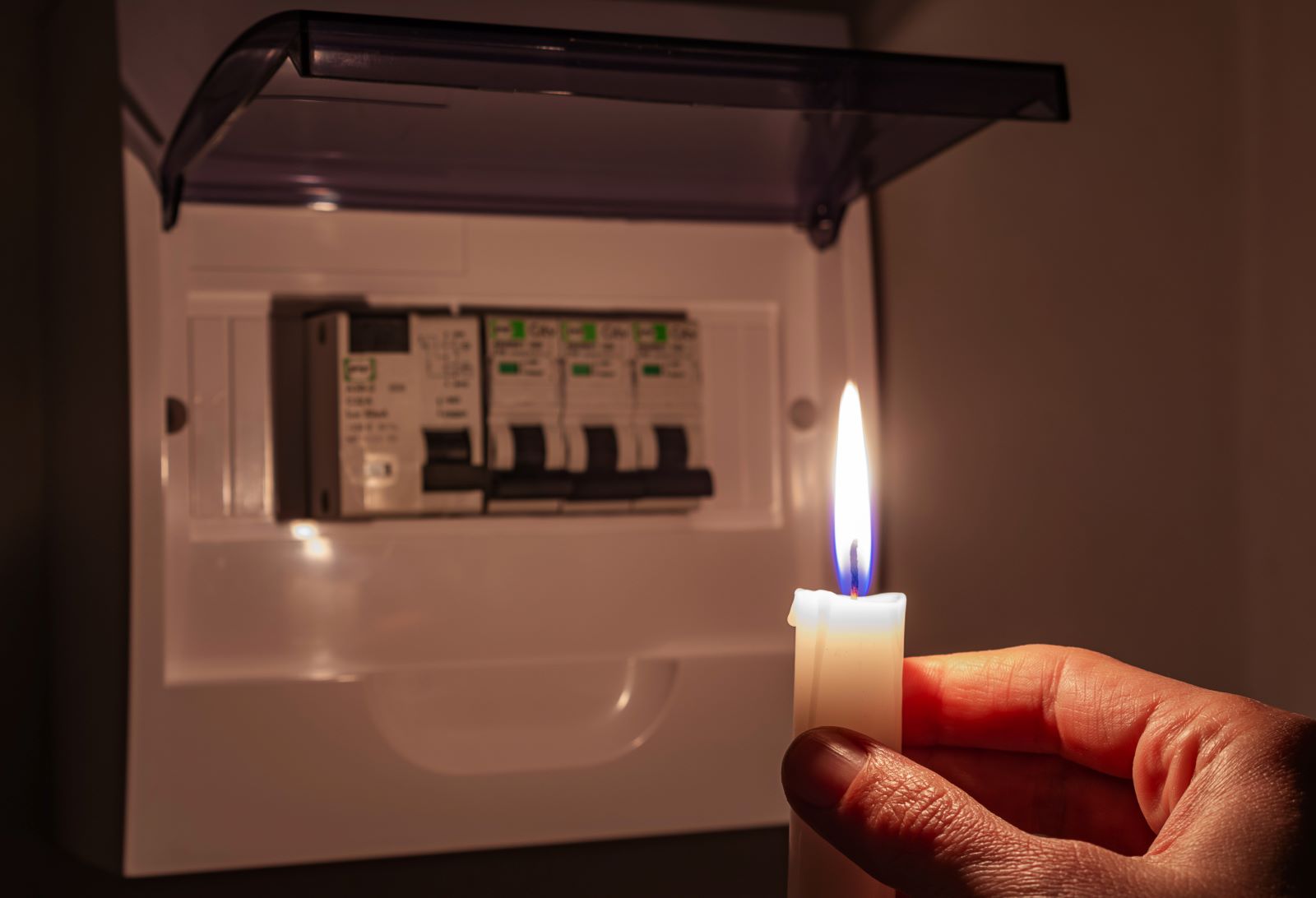
Image Credit: Shutterstock / Yevhen Prozhyrko
As the risk of blackouts increases, each of us must consider how prepared we are for prolonged periods without power. How will you manage if the lights go out tomorrow? Is it time for America to rethink its approach to energy security?
Oil Dumping Scandal Rocks Ships Heading to New Orleans

Image Credit: Shutterstock / Aerial-motion
Two shipping companies have been fined after knowingly hiding a large oil spill in the Atlantic Ocean. Oil Dumping Scandal Rocks Ships Heading to New Orleans
20 Eye-Opening Realities Facing Retiring Baby Boomers

Image Credit: Shutterstock / Jack Frog
As Baby Boomers approach retirement, the promise of leisure and security often seems unattainable. This generation faces unique challenges that could redefine retirement. Here’s a stark look at the realities shaping their outlook. 20 Eye-Opening Realities Facing Retiring Baby Boomers
Retail Apocalypse: Massive Closures Sweep Across U.S. Brands

Image Credit: Shutterstock / Tada Images
Stores across the U.S. are closing at unprecedented levels, according to new research from advisory firm Coresight Research. Read on for more information about the impact this could have on you and your communities. Retail Apocalypse: Massive Closures Sweep Across U.S. Brands
Featured Image Credit: Shutterstock / THINK A.
For transparency, this content was partly developed with AI assistance and carefully curated by an experienced editor to be informative and ensure accuracy.

